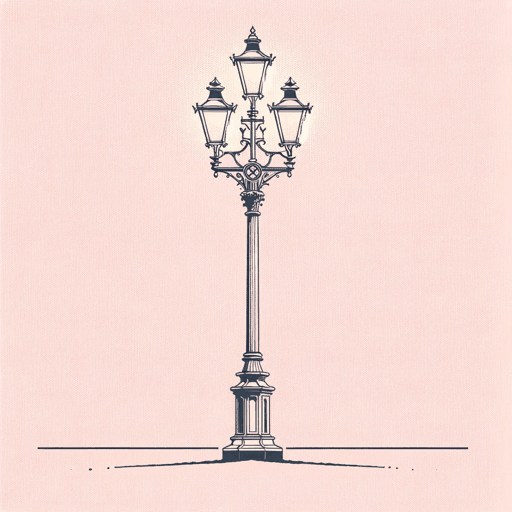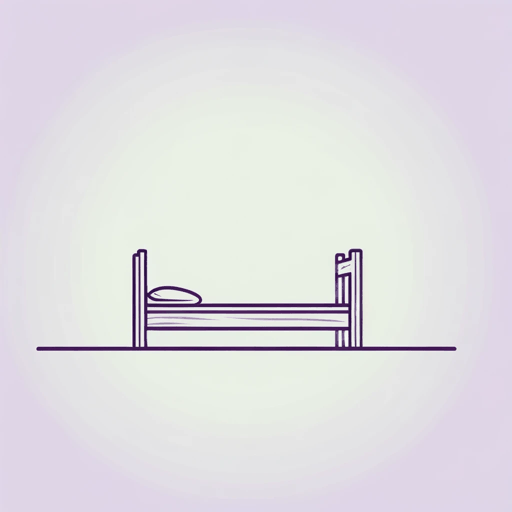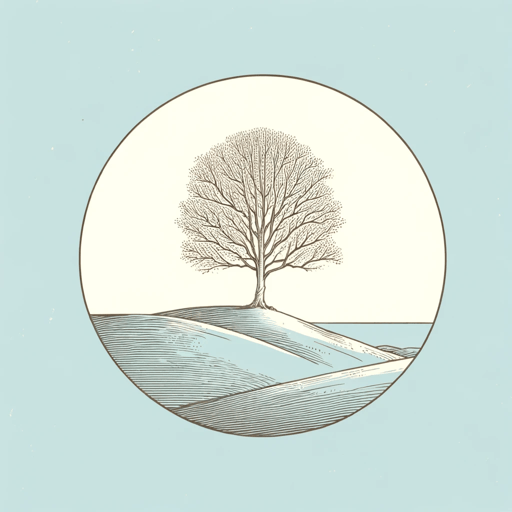25 pages • 50 minutes read
Matthew ArnoldDover Beach
Fiction | Poem | Adult | Published in 1867A modern alternative to SparkNotes and CliffsNotes, SuperSummary offers high-quality Study Guides with detailed chapter summaries and analysis of major themes, characters, and more.
Literary Devices
Form and Meter
The first three stanzas of “Dover Beach” don’t follow a fixed rhyme-scheme, but they do rhyme: abacdbdcefcgfg, hihjij, and kelmeomn. These rhymes are repeated but appear haphazard. The fourth and final stanza follows the rhyme-scheme oppoaqqaa. The rhymes in this last stanza are more regular than the stanzas before, but they are still unusual. The rhymes in Arnold’s final nine-line stanza are very similar to the opening eight lines of an Italian sonnet. (The first eight lines of an Italian sonnet rhyme abbaabba.) Italian sonnets, however, don’t end on rhyming couplets, and the final stanza of “Dover Beach” ends with an aa scheme. English sonnets, on the other hand, do end on rhyming couplets, but prior to the closing couplet, English sonnets rhyme ababcdcdefef. Thus, though the final stanza of “Dover Beach” follows a fixed rhyme-scheme, this scheme is a confused muddle of two more common rhyme-schemes: Italian sonnet and English sonnet. (For more on the poem’s relationship to the sonnet form, see the Sonnet section below.)
Like the disorderly rhymes, the meter of “Dover Beach” is consistently “chaotic.” The overall meter is iambic (an 







Related Titles
By Matthew Arnold



